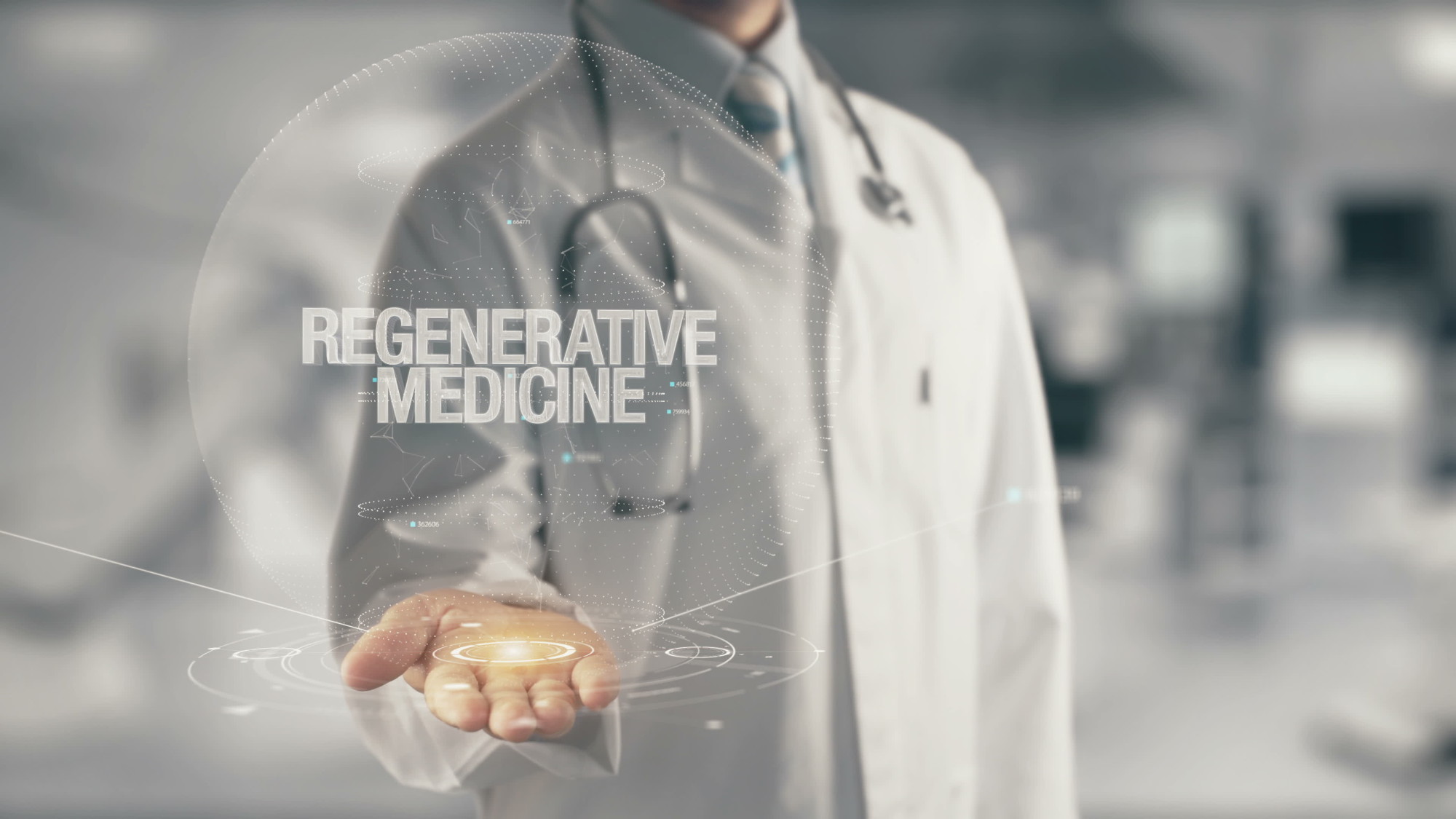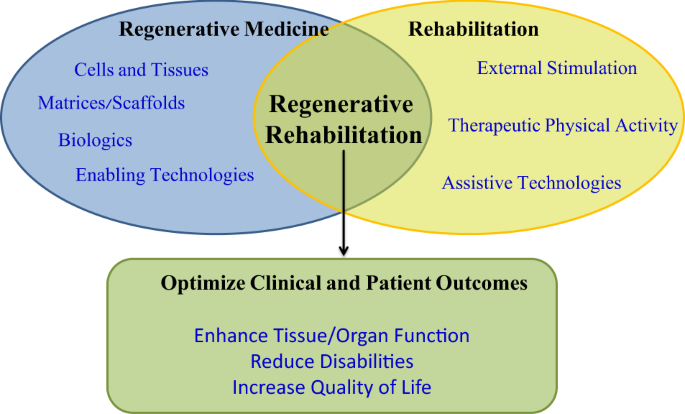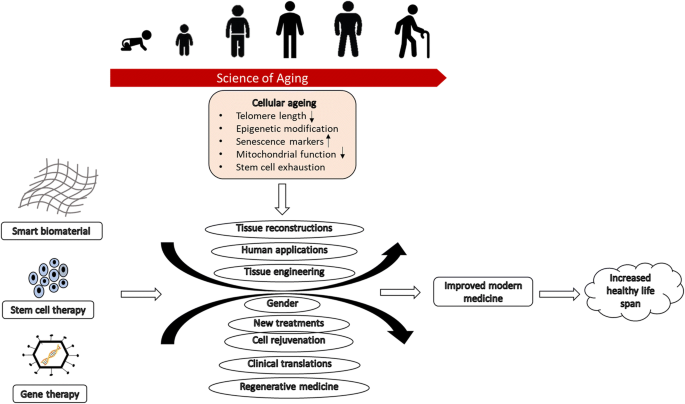
[/image][=video]
[/video]
Many sites used for bone marrow harvesting are situated in the hip bones and the breast bone. In healing, the donor may experience some pain in the locations where the needle was inserted.

If an autologous transplant is planned, previously accumulated stem cells, from either outer (apheresis) or harvest, are counted, evaluated, and prepared to infuse. The preparations for a bone marrow transplant differ depending on the sort of transplant, the disease requiring transplant, and your resistance for sure medicines. Consider the following: Usually, high doses of radiation treatment and/or radiation are included in the prep work.
Ablative therapy stops this process of cell manufacturing and the marrow becomes vacant. An empty marrow is needed to make space for the new stem cells to expand and establish a new blood cell production system.
It is not an operation to place the marrow into the bone, but resembles receiving a blood transfusion. The stem cells discover their way right into the bone marrow and begin duplicating and growing new, healthy blood cells. After the transplant, helpful care is provided to avoid and treat infections, adverse effects of therapies, and difficulties.
Stem Cell Therapy
The days before transplant are counted as minus days. The day of transplant is taken into consideration day absolutely no. Engraftment and recuperation adhering to the transplant are counted as plus days.
The days are numbered to help the client and household comprehend where they are in terms of risks and discharge planning. Throughout infusion of bone marrow, the person might experience the following: Discomfort Chills Fever Hives Upper body discomfort After mixture, the client might: Spend a number of weeks in the health center Be extremely prone to infection Experience extreme bleeding Need blood transfusions Be constrained to a clean setting Take multiple antibiotics and other medications Be given medication to stop graft-versus-host diseaseif the transplant was allogeneic.
Depending on the kind of transplant and the disease being dealt with, engraftment usually happens around day +15 or +30. Blood matters will certainly be examined commonly throughout the days following transplant to evaluate initiation and progress of engraftment. Platelets are usually the last blood cell to recoup. Engraftment can be postponed due to infection, medicines, reduced donated stem cell matter, or graft failing.
Bacterial infections are the most common. Viral and fungal infections can be life-threatening. Any kind of infection can cause an extensive medical facility stay, prevent or delay engraftment, and/or cause permanent organ damage. Anti-biotics, antifungal medicines, and antiviral medications are frequently provided to attempt to avoid serious infection in the immunosuppressed patient. Thrombocytopenia (reduced platelets) and anemia (reduced red blood cells), as an outcome of a nonfunctioning bone marrow, can be dangerous and even lethal.
Discomfort related to mouth sores and stomach (GI) irritability is typical. High dosages of radiation treatment and radiation can create serious mucositis (swelling of the mouth and GI tract). Fluid overload is a problem that can result in pneumonia, liver damages, and high blood stress. The main factor for fluid overload is due to the fact that the kidneys can not stay on par with the huge amount of liquid being given up the form of intravenous (IV) medicines, nourishment, and blood items.
Menopause Treatment

Respiratory condition is an essential function that may be compromised throughout transplant. Infection, swelling of the airway, fluid overload, graft-versus-host disease, and bleeding are all possible life-threatening complications that might take place in the lungs and pulmonary system. The liver and heart are essential body organs that might be harmed during the transplantation procedure.
Failing of the graft (transplant) taking hold in the marrow is a possible issue. Graft failure might take place as a result of infection, reoccurring condition, or if the stem cell matter of the contributed marrow wanted to trigger engraftment. Graft-versus-host disease (GVHD) can be a major and life-threatening issue of a bone marrow transplant.
As opposed to an organ transplant where the person's body immune system will try to turn down only the hair transplanted body organ, in GVHD the brand-new or hair transplanted immune system can assault the whole individual and all of his or her body organs. This is since the new cells do not identify the tissues and body organs of the recipient's body as self.

The most common sites for GVHD are GI system, liver, skin, and lungs. Prognosis significantly relies on the following: Kind of transplant Type and degree of the condition being treated Condition action to treatment Genes Your age and general health and wellness Your tolerance of details medications, procedures, or treatments Extent of issues Just like any type of treatment, in bone marrow transplant the prognosis and long-lasting survival can differ substantially from individual to individual.
Menopause Treatment
Continual follow-up care is crucial for the person adhering to a bone marrow transplant. New techniques to enhance therapy and to reduce issues and adverse effects of a bone marrow transplant are continuously being discovered.
Accessed June 5, 2017. The hope is to bring back broken tissue that will not adequately heal by itself. Regenerative medicine therapies can be split into 3 groups: assist in recovery by infusing or putting online cells right into the person. Instances of mobile therapy include PRP and stem cell therapies, which can be utilized to treat tendinopathy and various other sports injuries.
Phys Medication Rehabil Clin N Am. 2014; 25( 4 ):881 -95. As time passes, individual physicians discover and share details, enhancing the application of these therapies. See Are PRP Injections Effective?Until more is known, regenerative medicine treatments are ruled out conventional method and insurance policy plans usually do not cover them. Many people want to pay out-of-pocket. is progressing promptly with developmentsin stem cells, genetics therapy, and cells engineering. This write-up delves right into these ingenious methodologies, highlighting their transformative possibility for tissue and organ repair service. are poised to reinvent clinical therapies and boost patient outcomes. Cell regeneration, the process of bring back lost cells to recover regular function, differs throughout different cells and body organs. In Drosophila larval wing discs, cells immune to apoptosis aid cells regeneration. Mouse digit pointer regrowth is mediated by the blastema, being composed of different progenitor cells, as highlighted in this research study.: The diversity of cells within a cells can impact regrowth. Outer nerves, as an example, consist of Schwann cells, nerve fibroblasts, and immune cells, each playing a function in nerve regeneration, as discussed right here. These variables engage dynamically, making cell regeneration an intricate procedure that varies based on the certain cells or organ. Cell regrowth plays a crucial role in keeping the body's total wellnessand well-being. It is liable for fixing and replacing damaged or aging cells, making sure the proper functioning of body organs and tissues. Effective cell regrowth treatment can substantially impact the therapy of various clinical problems, including degenerative illness, injuries, and also the aging process. Numerous significant milestones have marked the development of cell regrowth research study. In the late 18th century , Italian biologist Lazzaro Spallanzani performed introducing experiments on the regrowth of amphibian limbs, offering evidence for the regenerative capacity of certain microorganisms. In the 20th century, the exploration of stem cells by Canadian researchers Ernest McCulloch and James Till changed the field. Harold E. Varmus, that played an essential role in elucidating the genetic basis of cancer, and Dr. Michael S. Brown and Dr. Joseph L. Goldstein, that found the role of low-density lipoprotein (LDL) receptors in cholesterol metabolic process. Stem cell therapy is just one of one of the most thoroughly looked into and encouraging branches of cell regrowth therapy. This irritant sets off a local swelling reaction, which triggers the launch of development aspects and the recruitment of regenerative cells. Gradually, the regenerative cells assist in the repair and regeneration of hurt cells, offering alleviation to individuals dealing with persistent bone and joint discomfort or joint instability. Cartilage material regrowth treatment focuses on restoring damaged or deteriorated cartilage, which plays a critical role in joint function and movement. Some cells, such as epithelial cells in the skin or the lining of the stomach tract, have a high turn over price and can regrow promptly. On the other hand, cells in the main anxious system, such as nerve cells, have restricted regenerative ability. This difference is generally because of the complexity of the tissue, the visibility of inhibitory variables, and the mobile setting. Cell regrowth therapy uses promising remedies for speeding up wound healing and treating different injuries.
Navigation
Latest Posts
Perimenopause Treatment local to Ann Arbor, Michigan
Menopause Therapy
Menopause Treatment servicing Ann Arbor, Michigan